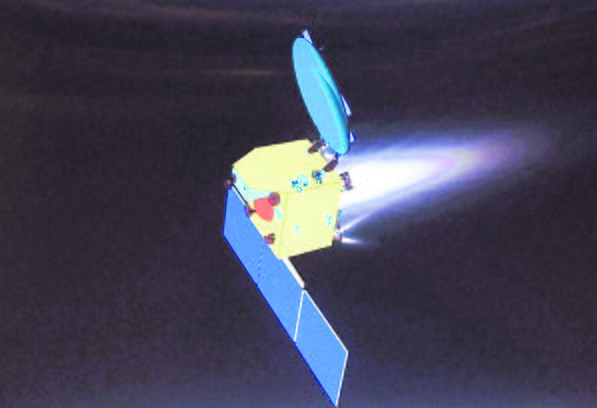No fuel, India’s Mars Orbiter craft quietly bids adieu
PTI
Bengaluru, October 2
India’s Mars Orbiter craft has run out of propellant and its battery has drained beyond the safe limit, fuelling speculation that the country’s maiden interplanetary mission ‘Mangalyaan’ may have finally completed its long innings.
Job well done
ISRO officials noted that the Mars orbiter craft functioned for almost eight years, well beyond its designed mission life of six months.
The Rs 450 crore Mars Orbiter Mission (MOM) was launched onboard PSLV-C25 on November 5, 2013, and the MOM spacecraft was successfully inserted into Martian orbit on September 24, 2014 in its first attempt.
“Right now, there is no fuel left. The satellite battery has drained,” sources in the Indian Space Research Organisation (ISRO) said. “The link has been lost”.
There was, however, no official word from the country’s national space agency, headquartered here.
With fuel on board, ISRO had been performing orbital manoeuvres on MOM spacecraft to take it to a new orbit to avoid an impending eclipse in the past.
“But recently, there were back-to-back eclipses including one that lasted seven-and-a-half hours,” officials said on condition of anonymity, noting that all the propellant on board the ageing satellite had been consumed.
“As the satellite battery is designed to handle eclipse duration of only about one hour and 40 minutes, a longer eclipse would drain the battery beyond the safe limit,” another official said.
ISRO officials noted that the Mars orbiter craft functioned for almost eight years, well beyond its designed mission life of six months.
“It has done its job and yielded significant scientific results,” they said.
Meanwhile, plans on a follow-on ‘Mangalyaan’ mission to the red planet, however, are yet to be firmed up.
ISRO came out with an ‘Announcement of Opportunity’ (AO) for future Mars Orbiter Mission (MOM-2) in 2016, but officials acknowledged that it’s still on the drawing board.
For all the latest Technology News Click Here
For the latest news and updates, follow us on Google News.

